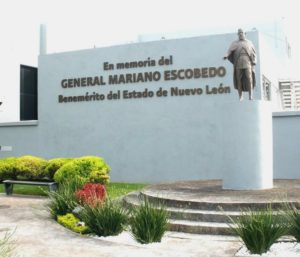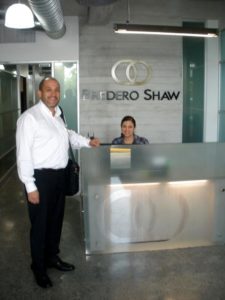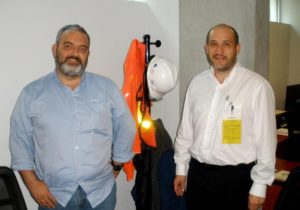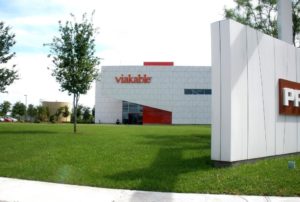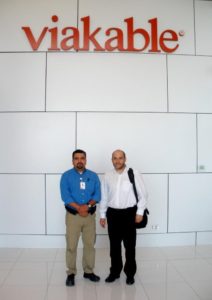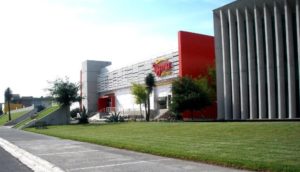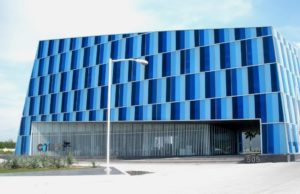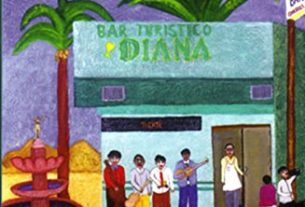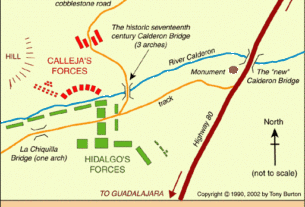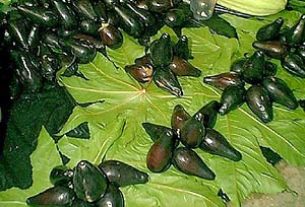Friends call me Joe. I’ve spent most of the past two decades working in the plastics business, or as it’s called in Mexico, “plásticos.” I work for a New York-based supplier of materials for industry, and am tasked with generating sales at companies that can use our products to make pipe or electrical cables. There’s not much glamour to this gig, I’ll admit. I mean, it’s not like working with luxury brands or producers of fashionable goods. It’s more of a business in which our customers wear hard hats. But it does take me to some colorful foreign locales as it did in Nuevo León.
To support the business of our subsidiary in Mexico, I traveled with our sales representative in northeast Mexico. The capitol of the state of Nuevo León is Monterrey, the most important industrial center in the North. With a population of about 1.2 million, it’s the largest city in the region. It’s a thriving commercial hub, in part because it’s only about 125 miles from Laredo, Texas, making it a convenient and practical place to move products to and from the U.S. In fact, a wide variety of manufacturing companies operate here that make everything from beer to bottle caps.
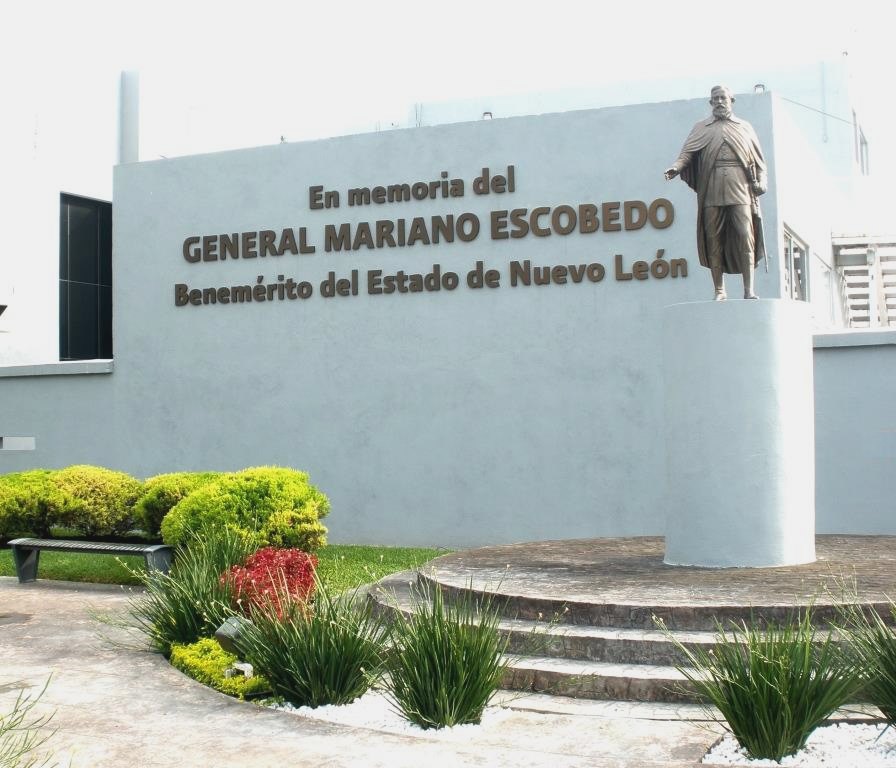
My coworker who accompanies me is Daniel; and like a good colleague, he’s there to greet me at 7 pm at Escobedo airport. The large modern airport is named for General Mariano Escobedo, native son of Monterrey, who fought against the French in the 1860s. After a half hour ride to the center of the city, Daniel recommends that we have dinner at El Rey de Cabrito, one of the city’s best known restaurants. Their specialty is cabrito, or baby goat. It is perfectly grilled and as delicious as any that can be found in all of Mexico.
While enjoying the meal, Daniel and I get to know each other. He’s a transplanted Colombian from Medellin, who has adapted well to northern Mexico’s culture and environment. A personable man with a wonderful sense of humor, he’s been living in Monterrey for years and identifies well with his sales contacts. He takes good care of his customers and they like him.
The next morning our first visit was to ADS Mexicana, located in the bustling Industrial zone at Santa Caterina, about 10 miles southwest of Monterrey. It is the Mexican subsidiary of Ohio-based ADS. They manufacture drainage pipes, and buy the plastic and colors to make storm drainage systems. After being processed through their security checkpoint, we meet with Raymundo González, who is Quality Assurance Coordinator, and Manuel González the Plant Manager. Both gentlemen have been in the business for many years and speak fluent English. We spend about an hour there, discussing our products as well as some technical challenges of extruding corrugated plastic.
The next day we’re off to visit Shawcor, formerly Bredero Shaw, in San Nicolás de Los Garza about six miles north of Monterrey. Shawcor, the Mexican subsidiary of a Canadian company, is known in the industry as a “pipe coater.” Coated pipe is a specialty for the transport of oil, gas, liquid natural gas and other substances. This company buys steel pipe and applies various types of coating materials to keep it from rusting. Shawcor is the largest pipe coater in North America, with two plants in Mexico; no company coats pipe better. We meet with the Plant Manager, Ing. Eduardo Backmann, and Crescencio Espinoza. Again, the conversations revolve around the types of materials they use, the processes involved and the activities of their other plants in the US and Canada.
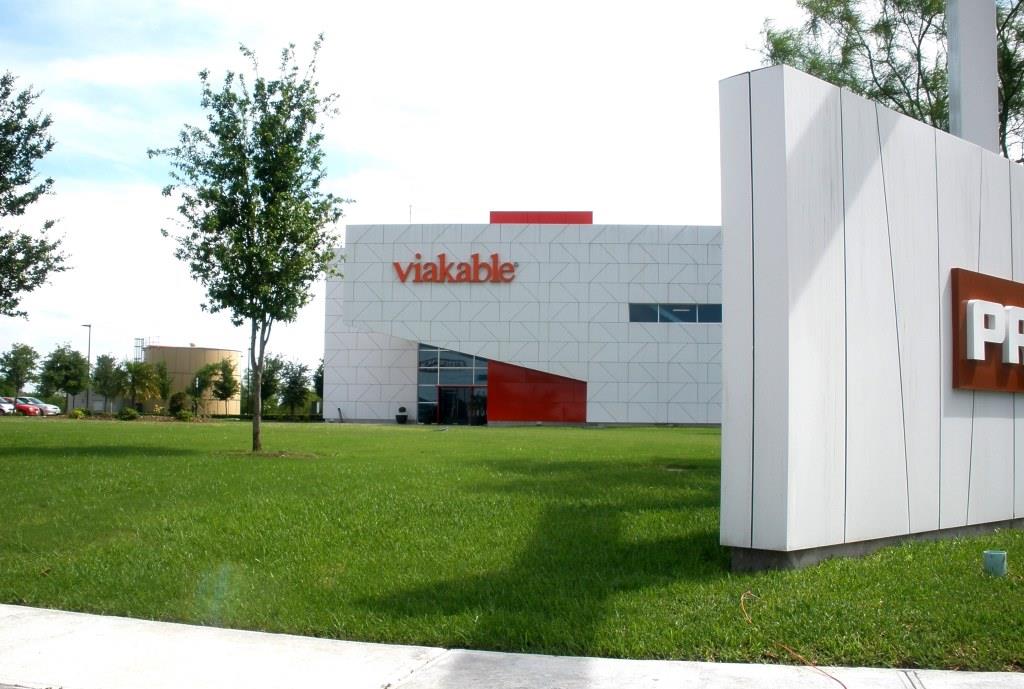
Our next sales call is a bit different. It’s the R & D center and pilot plant of Viakable, formerly known as Conductorres Monterrey. Viakable is the largest fabricator of wire and cable in Mexico, and the company’s success is a testament to the vibrant economic climate here. Their research center is situated in an astoundingly modern industrial park in the northern suburb of Apodaca, adjacent to Escobedo Airport. The complex is known as the Parque de Investigación e Innovación Tecnológica de Monterrey (PIIT) or, in English, as the Monterrey Research and Technological Innovation Park. Simply entering the grounds is an eye-popping experience. Inaugurated in 2009 with a $100 million dollar investment from the state and an additional $200 million from universities, it is Monterrey’s version of North Carolina’s Research Triangle. Among the American universities engaged in the project are the University of Texas, the University of Arizona and Texas A& M. As one enters the park, there is an enormous sculpture of an unfinished bridge which symbolizes the unfinished connection between technology and social benefit.
Viakable’s stunning facility is on a campus-like setting. The steel and glass structure is less than ten years old and is state-of-the-art. We meet with Dr. Victor Ponce, who is Senior Researcher at the company. He’s a relatively young man to be handling the important responsibility he’s been given. His command of technical English for the type of work he does is amazing. For about an hour we discuss some of the mechanical issues associated with manufacturing high quality electrical cables, in order for it to meet the industry’s strict standards for various types of cables. After discussing a few process issues and potential improvements, we thank Victor for his time, and say goodbye with the promise of further discussions to come.
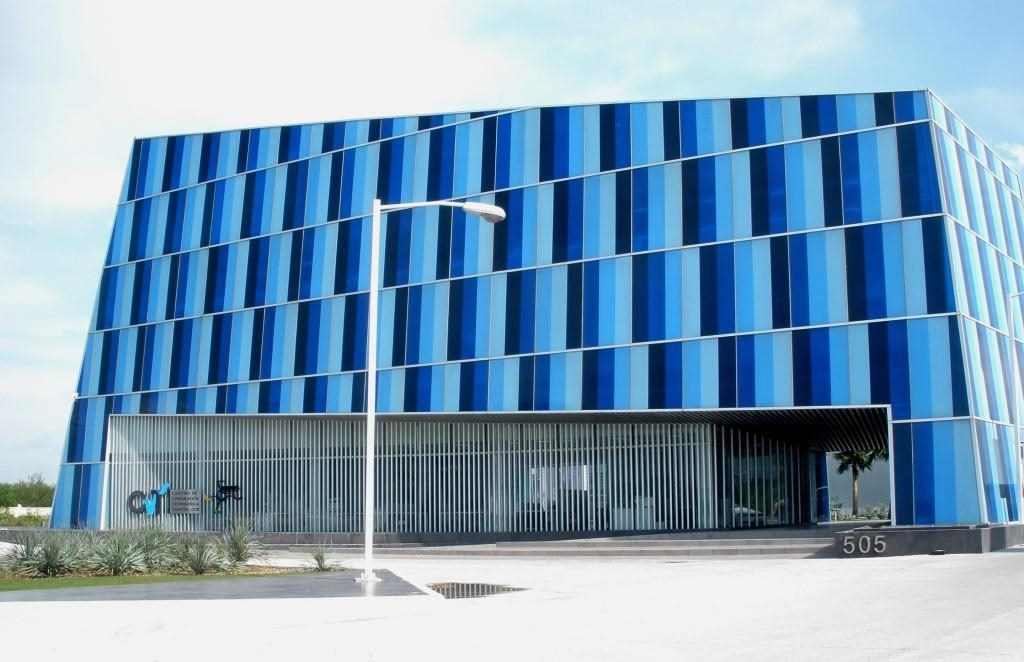
We then drive a short distance up the road to the Chamber of Manufacturing Industries of Nuevo León (Camara de la industria de Transformacion de Nuevo Leon, CAINTRA), located in the same industrial park. Headquartered in another ultra-modern steel and glass structure, CAINTRA is a chamber of commerce representing Nuevo León’s various manufacturing industries. The purpose of our visit is to inquire about an industrial association called the Instituto Mexicano de Innovación y Technología en Plásticos y Hule A.C., which represents explicitly plastics manufacturers. We ask to meet with Director General Ricardo Corona Beltran, but he isn’t available, so we meet briefly with Ms. Martha Ayala of CAINTRA, who provides us with basic information about a potential membership.
Soon afterward, we’re back on the highway again and heading toward the city. It’s been a busy day of travel for us, and there’s a lot of follow-up plans to discuss on the ride to the hotel. But as I would learn later, the best part of this business trip was yet to come with an evening excursion to the marvelous Cumbres de Monterrey National Park.

